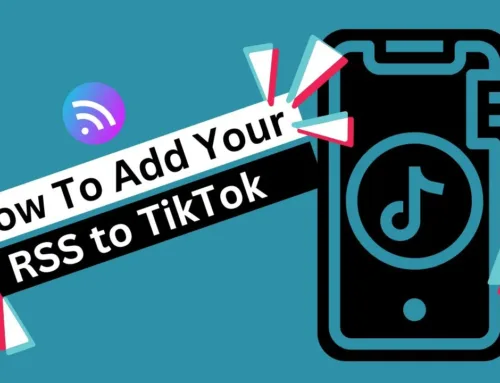If building revenue fast were easy, anyone could do it. We would all be millionaires and clinking glasses right now!
Markets shift, industries shift, and we can’t always rely on solutions of the past. At some point, our tried and true ways no longer work. While I firmly believe there are marketing and business strategies that offer long-term success, their tactical application evolves with technology and data availability.
“They’re difficult because they resist simple solutions. Glib answers and over-simplification have been tried
before, and failed. People have tried all of the obvious solutions. They haven’t worked. That’s why we’ve resorted to calling them difficult problems. Difficult problems require emotional labor, approaches that feel risky and methods that might not work. They reward patience, nuanceand guts, and they will fight off brute force all day long.” – Seth Godin
When evaluating complex issues, we must adopt a mindset of testing. Testing takes time, energy, and dollars. The testing process will include failure. It’s in the failure that you see business owners lose confidence. When we are in the thick of testing it is easy to only see the failure and not realize you are learning what does not work! A firm understanding of what isn’t working can save dollars over the long run. However, it will take time and investment to reach this understanding.
Testing needs to be methodical. Too many times, testing is cut short and nothing is learned. A year of testing is not a year wasted, it is part of the evolutionary process of growth. Three years of testing a strategy offers opportunity for comparison! Ultimately, dollars out need to yield dollars in, but you might be evaluating the process incorrectly. Some testing will yield delayed conversions, which is why it is important to stick with it in order to measure results.
Consider the following when testing:
- Time Frame | Is your time frame long enough to yield results?
- Audience | Are you accurately targeting the group you want to reach?
- Messaging | Are you using the right messaging for the group you are targeting?
- Platform | Are you using a platform that offers accurate targeting?
- Conversion | What are you measuring? Conversion might not be the sale but the steps prior: download, email collection, form submission, etc.
It is important to understand what level of testing you are doing within your sales funnel. If that sounded like gibberish, think of it this way… Your sales funnel is a breakdown of how prospects learn about your business and the channels you must intentionally move them through to reach a point of purchase.
Your collapse in the system preventing a prospect from reaching a point of sale might be at the very beginning or it might be one of the channels in between.
Complex problems will take tenacity to resolve. Put on your thinking cap, create a strategy based on your funnel and remember failure is part of the testing process.




